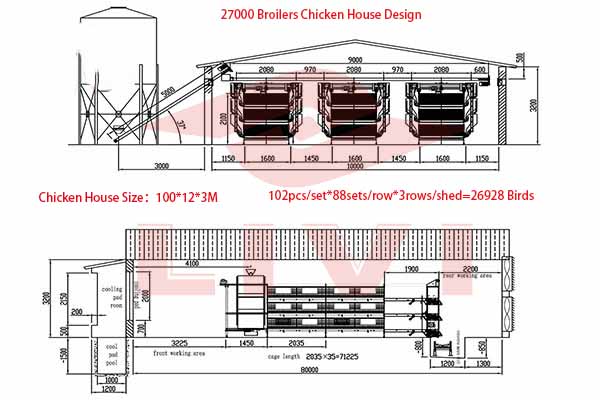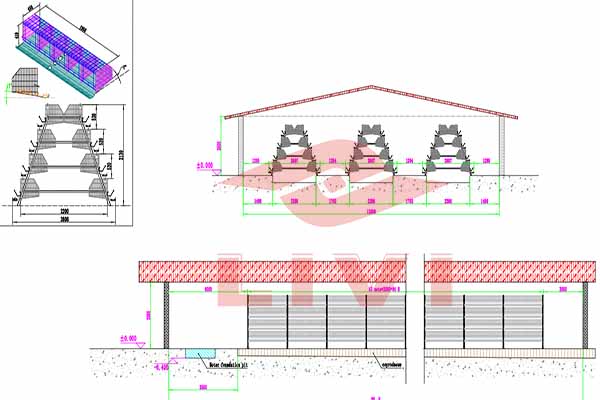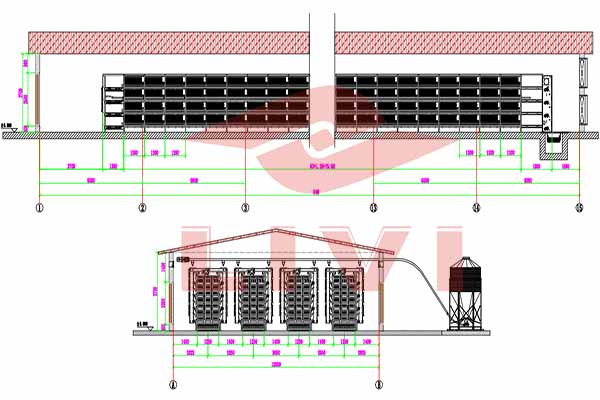Optimizing Layer Cage Capacity for 30,000 Birds in Zambia
With the increasing demand for poultry products in Zambia, efficient layer cage systems are crucial for large-scale poultry farms. This article delves into the considerations and requirements for setting up a layer cage system capable of housing up to 30,000 birds. Let’s explore the key aspects involved in this venture.
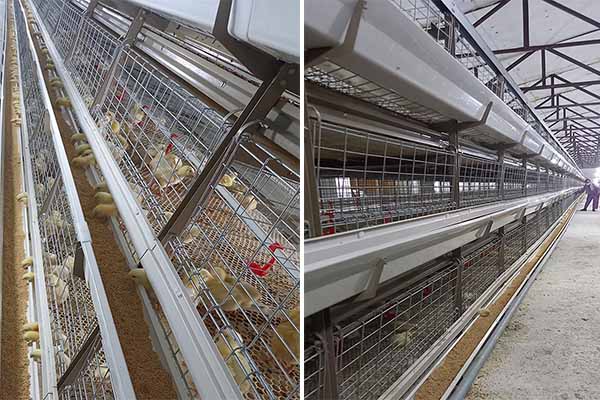
Understanding Layer Cage Systems
Layer cages are designed to provide a comfortable and hygienic environment for laying hens. These cages are usually made of metal and come in various sizes and configurations. For a farm housing 30,000 birds, it’s essential to choose a system that ensures proper space allocation and ease of management.
- Cage Capacity: A standard layer cage can house around 5-6 birds. For 30,000 birds, you would need approximately 5,000-6,000 cages.
- Material: The cages should be made of durable metal, typically galvanized steel, to withstand harsh conditions and ensure long-term use.
- Space Allocation: Each bird requires at least 0.5 square feet of space. Therefore, the total area for the cages should be around 15,000-18,000 square feet.
Setting Up the Layer Cage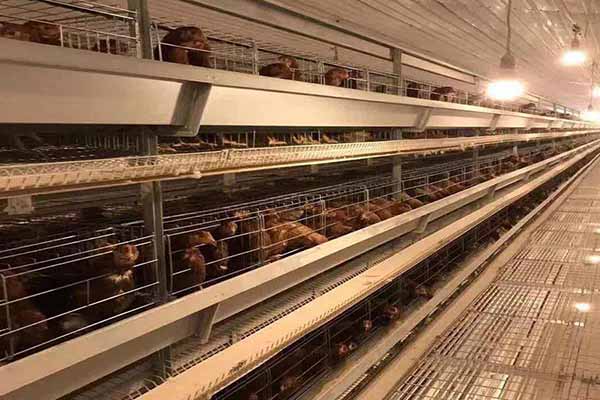 s
s
When setting up a layer cage system for 30,000 birds, several factors need to be considered to ensure smooth operations and optimal productivity.
- Design: The design should include easy access for feeding, watering, and egg collection, as well as proper ventilation and lighting.
- Sanitation: Regular cleaning and disinfection are vital to prevent disease outbreaks. The design should facilitate easy cleaning of the cages.
- Aut
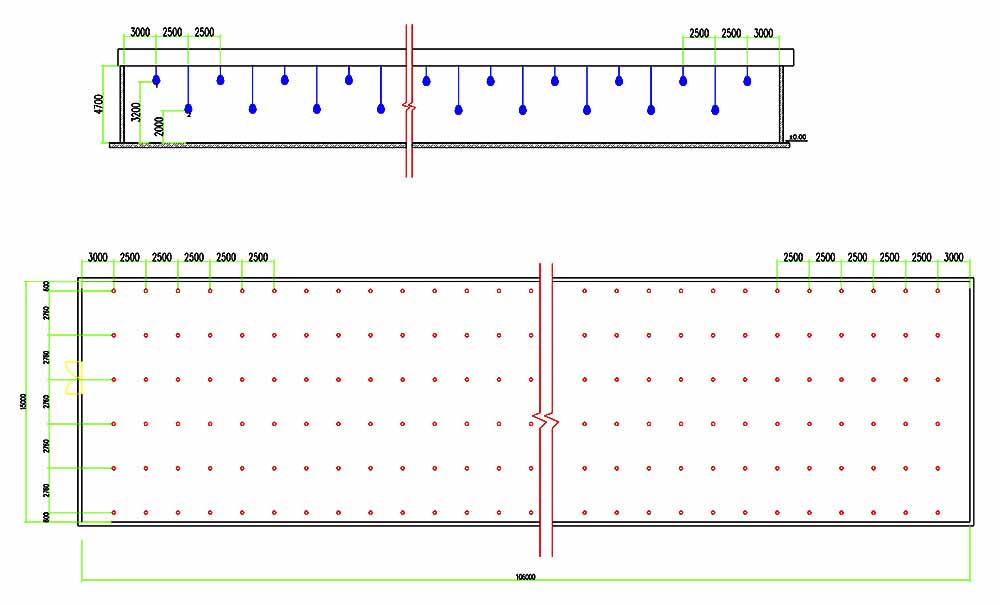 omation: Implementing automation systems for feeding, watering, and temperature control can significantly reduce labor costs and improve efficiency.
omation: Implementing automation systems for feeding, watering, and temperature control can significantly reduce labor costs and improve efficiency.
According to a report by the Zambia Poultry Association, farms with automated systems have reported an increase in productivity by up to 20%.
Cost Analysis
The cost of setting up a layer cage system for 30,000 birds can vary widely depending on the scale, location, and quality of the equipment. Here’s a rough breakdown of the costs involved:
| Component | Cost (USD) |
|---|---|
| Layer Cages | 50,000 – 60,000 |
| Feeding and Watering Systems | 20,000 – 30,000 |
| Lighting and Ventilation Systems | 15,000 – 20,000 |
| Automation Systems | 30,000 – 40,000 |
| Total | 115,000 – 170,000 |
It’s important to invest in high-quality equipment to ensure the longevity and efficiency of the system.
Conclusion
Setting up a layer cage system for 30,000 birds in Zambia requires careful planning and investment. By considering the design, materials, and automation systems, you can create an efficient and profitable poultry farm. If you’re interested in exploring our free poultry farm design and equipment quotes, feel free to leave a comment below or contact us directly.


